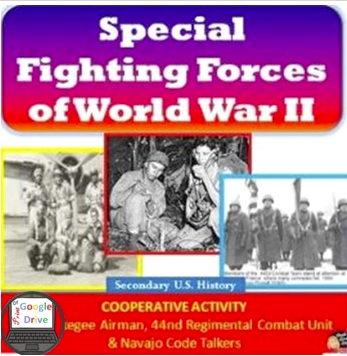The benefits of this strategy include:
1. It will help students with various reading abilities gain comprehension.
2. It will save a lot of time when there is a lot of content to teach.
3. Students will be able to practice listening and speaking skills, especially helpful for students who are designated English Language Learners (ELL).
4. Discussion of reading passages will help students remember important ideas.
Steps to implement the strategy in your classroom:
1. Choose a long reading passage and divide it into even sections. (I have four students per group, so I divided the readings into four sections.)
2. Divide your class into "home" groups. The amount of students per group depends on the class size and the number of sections per reading.
3. Assign each student a specific section of the reading.
4. Students who have the same assigned reading will form "expert groups" and read aloud their assigned text. You may require students to annotate the reading and complete a corresponding graphic organizer or answer key questions. Be sure all students are discussing the reading with their "expert" groups so to confirm comprehension.
5. Once "expert" groups have completed their assigned reading, have students return back to their "home" groups.
6. Have students share the main ideas from their reading to their "home" group members. Group members will take notes on their graphic organizer.
Below are examples of the Jigsaw strategy I use in my classroom.
MAIN Causes of World War I
Note: Although this is a group project, this could easily be revised into a Jigsaw activity.
Special Fight Forces of World War II
Have you used this strategy in your classroom before? If not, what are you waiting for?
Happy Teaching,
Chalk Dust Diva





